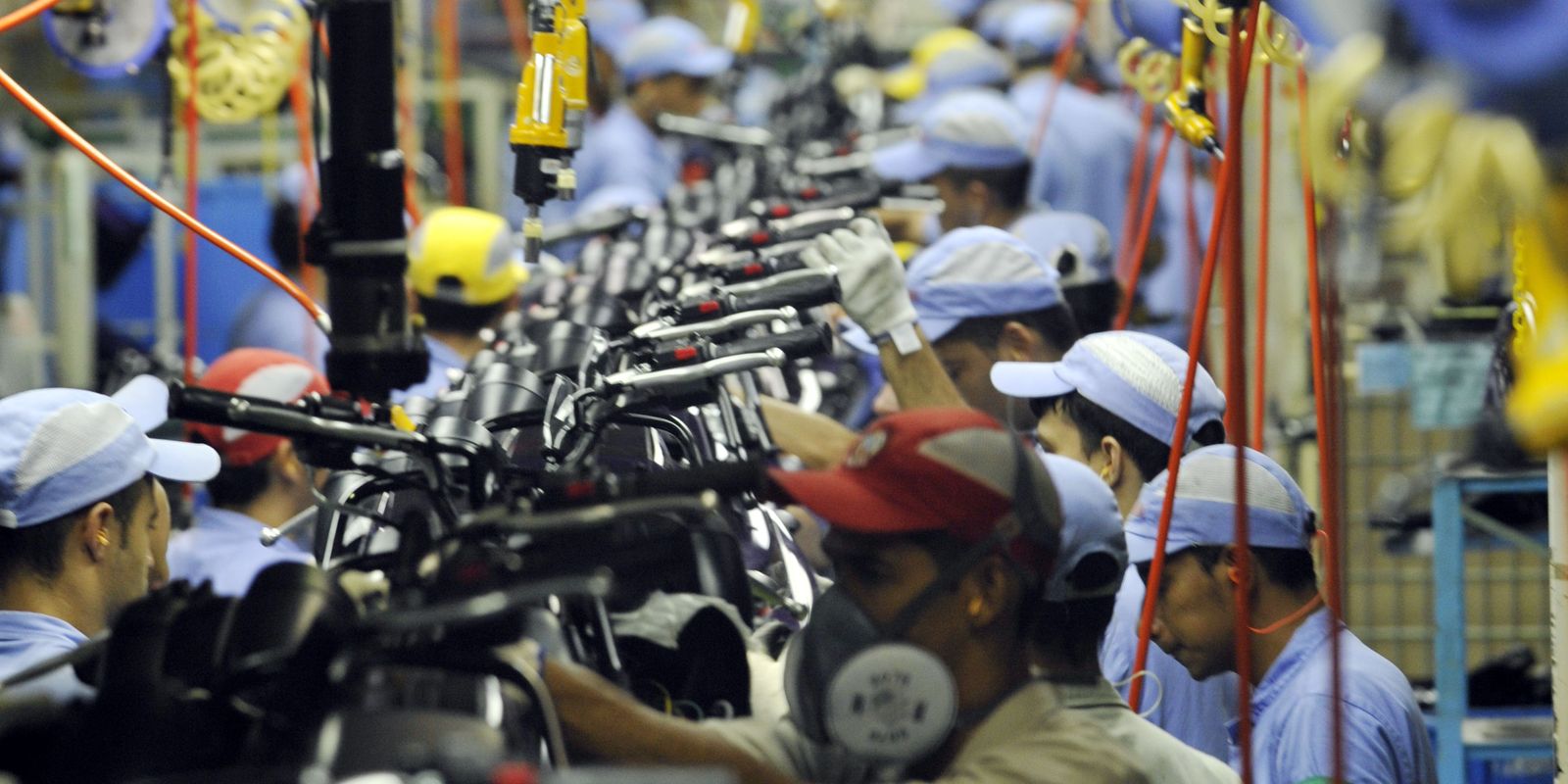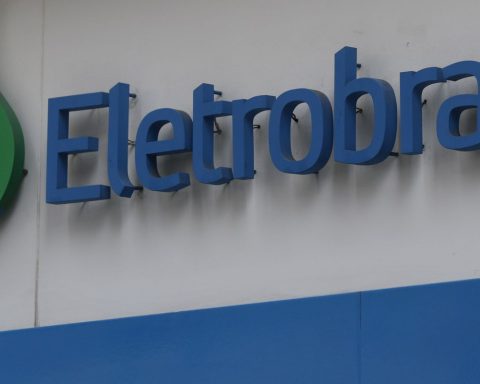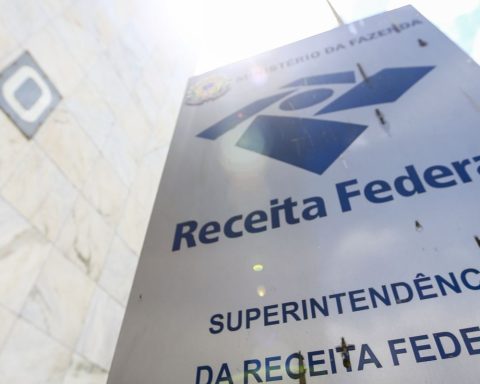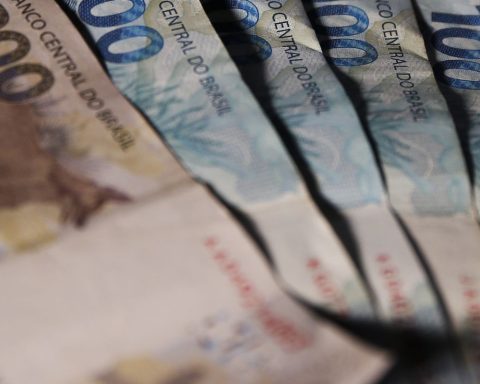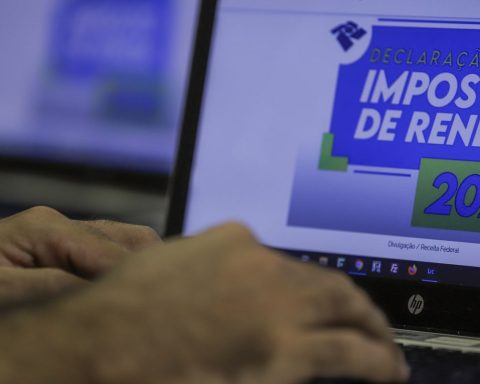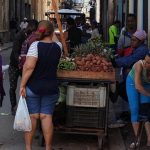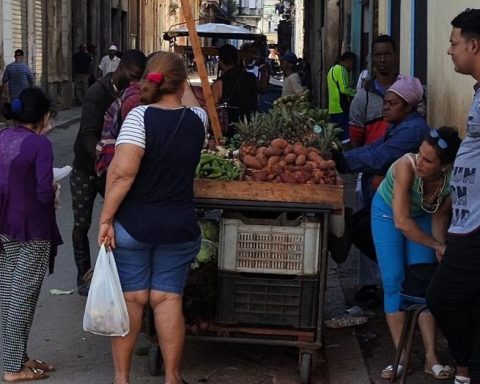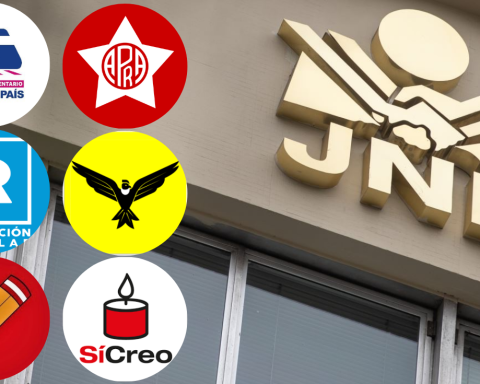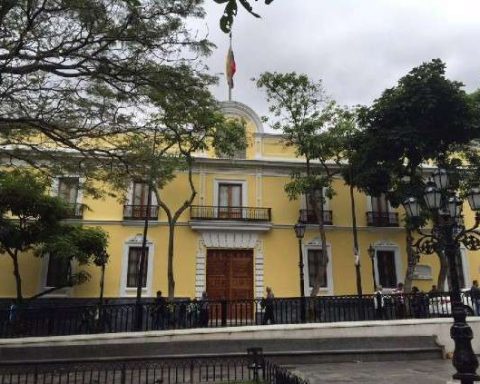The driving force behind national industry, accounting for one-third of the country’s factory output, the state of São Paulo saw a 1.8% decline in industrial production in July. This scenario explains the national result, which was negative: -1.4%.
The findings are part of the Monthly Regional Industrial Survey, released this Friday (13), in Rio de Janeiro, by the Brazilian Institute of Geography and Statistics (IBGE). The survey is a complement to the national survey, released on the 4th, which assesses the behavior of the industrial park in 15 regions.
In addition to São Paulo, production decreased in Pará (-3.8%) and Bahia (-2.3%). In São Paulo, the result interrupted three consecutive months of positive rates, a period in which it accumulated an increase of 4.1%.
“The 1.8% drop, above the national average, ended up eliminating part of the accumulated growth in the period. The pharmaceutical industry negatively influenced the result of São Paulo’s production”, explains Bernardo Almeida, an analyst at IBGE.
Before the pandemic
In the year to date, São Paulo has expanded by 4.7% and, in 12 months, by 2.5%. With this result, the São Paulo industry is 2.2% above the pre-pandemic level (February 2020), above the national average, which is 1.4% above that achieved in the second month of 2020.
In Pará, which accounts for 4.1% of national production, the drop from June to July is explained by a reduction in the non-metallic minerals sector. In Bahia, which accounts for 3.9% of national production, the negative results were explained by the chemical and cellulose sectors.
Highest highs
On the positive side, the states with the highest increases from June to July were Amazonas (6.9%), Espírito Santo (5.8%), Paraná (4.4%) and Pernambuco (4.2%). The other locations surveyed that showed expansion were the Northeast Region (3.0%), Minas Gerais (2.1%), Ceará (1.9%), Mato Grosso (1.8%), Rio de Janeiro (1.4%), Santa Catarina (1.3%), Goiás (1.2%) and Rio Grande do Sul (0.8%).
Bernardo Almeida explains that the performance of the national industry cannot be interpreted as a mirror of the results of the 15 regions surveyed.
“It is important to emphasize that the regional result does not exhaust the results for Brazil, that is, part of the national production is not seen in the regional results, since only 15 locations were surveyed,” he says. “Therefore, the national result does not derive from the sum of the regional results,” he explains.
Scenario
The analyst estimates that the 1.4% drop in the national average is concentrated in the activities with the greatest weight within the sample. There were declines in the sectors of petroleum products, the extractive sector and the food sector.
Almeida points out that the drop in July is related to unfavorable macroeconomic conditions, with the Selic (the economy’s basic interest rate) in double digits: 10.5%.
On the demand side, high interest rates – a monetary policy that makes loans more expensive – impact disposable income and household consumption. On the production side, more expensive financing discourages investment decisions.
The researcher assesses that there is an increase in the pace of production, but, at the same time, it is observed that the industry is progressing moderately.
“On the one hand, we have an improvement in the labor market and, on the other, we have the interest rate holding back the effects of this positive factor. This explains this oscillating picture in the behavior of the industry. [nos últimos meses]”, he analyzes.
In 2024, until July, the national industry accumulates expansion of 3.2%. In 12 months, the result is positive at 2.2%.
*Article changed at 10:04 to add information
